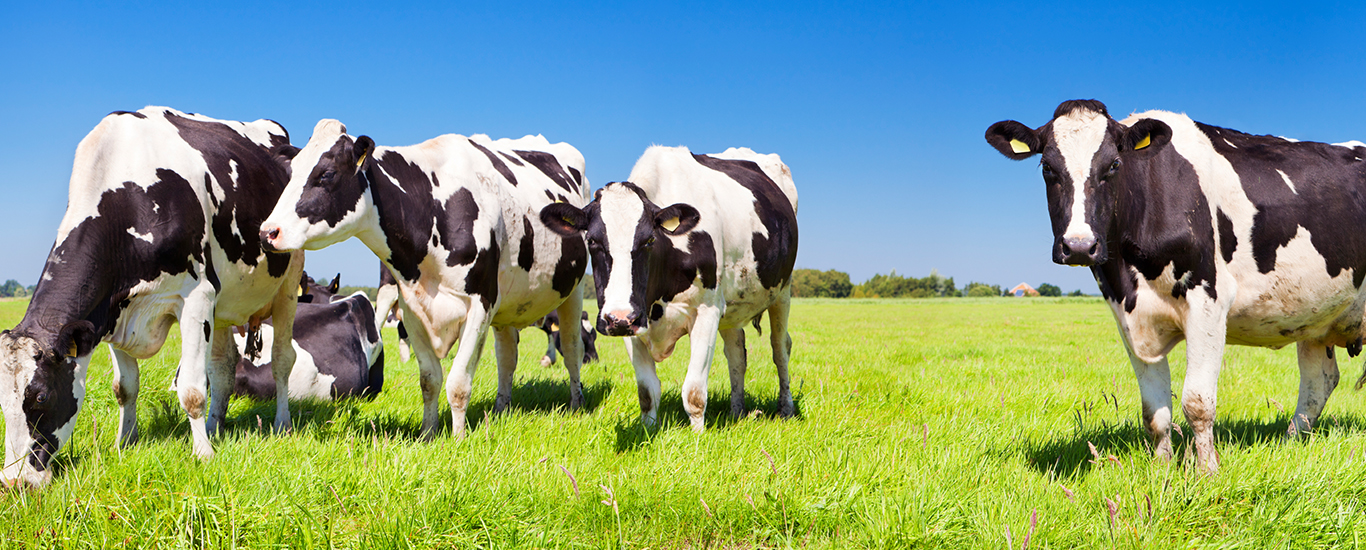
Dr Asim Faraz and Dr Masood Akhtar
Department of Livestock and Poultry Production, FVS, BZU Multan
Corresponding Author’s Email: drasimfaraz@bzu.edu.pk
The livestock sector globally is highly dynamic. In developing countries, it is evolving in response to rapidly increasing demand for livestock products. In developed countries, demand for livestock products is stagnating, while many production systems are increasing their efficiency and environmental sustainability. Historical changes in the demand for livestock products have been largely driven by human population growth, income growth and urbanization and the production response in different livestock systems has been associated with science and technology as well as increases in animal numbers. In the future, production will increasingly be affected by competition for natural resources, particularly land and water, competition between food and feed and by the need to operate in a carbon-constrained economy. Developments in breeding, nutrition and animal health will continue to contribute to increasing potential production and further efficiency and genetic gains. Livestock production is likely to be increasingly affected by carbon constraints and environmental and animal welfare legislation. Demand for livestock products in the future could be heavily moderated by socio-economic factors such as human health concerns and changing socio-cultural values. There is considerable uncertainty as to how these factors will play out in different regions of the world in the coming decades.
The increasing demand for livestock products
Human population in 2050 is estimated to be 9.15 billion, with a range of 7.96–10.46 billion. Most of the increase is projected to take place in developing countries. East Asia will have shifted to negative population growth by the late 2040. In contrast, population in sub-Saharan Africa (SSA) will still be growing at 1.2 % per year. Rapid population growth could continue to be an important impediment to achieving improvements in food security in some countries, even when world population as a whole ceases growing sometime during the present century. Another important factor determining demand for food is urbanization. As of the end of 2008, more people now live in urban settings than in rural areas, with urbanization rates varying from less than 30 % in South Asia to near 80 % in developed countries and Latin America. The next few decades will see unprecedented urban growth, particularly in Africa and Asia. Urbanization has considerable impact on patterns of food consumption in general and on demand for livestock products in particular: urbanization often stimulates improvements in infrastructure, including cold chains, and this allows perishable goods to be traded more widely. A third driver leading to increased demand for livestock products is income growth. Between 1950 and 2000, there was an annual global per capita income growth rate of 2.1 %. As income grows, so does expenditure on livestock products. Economic growth is expected to continue into the future, typically at rates ranging from between 1.0 and 3.1 %. Growth in industrialized countries is projected to be slower than that in developing economies.
Livestock science and technology as a driver of change
Breeding and genetics
Historically, domestication and the use of conventional livestock breeding techniques have been largely responsible for the increases in yield of livestock products that have been observed over recent decades. At the same time, considerable changes in the composition of livestock products have occurred. If past changes in demand for livestock products have been met by a combination of conventional techniques, such as breed substitution, cross-breeding and within-breed selection, future changes are likely to be met increasingly from new techniques.
Nutrition
The nutritional needs of farm animals with respect to energy, protein, minerals and vitamins have long been known, and these have been refined in recent decades. Various requirement determination systems exist in different countries for ruminants and non-ruminants, which were originally designed to assess the nutritional and productive consequences of different feeds for the animal once intake was known. However, a considerable body of work exists associated with the dynamics of digestion, and feed intake and animal performance can now be predicted in many livestock species with high accuracy.
Disease
Animal diseases generate a wide range of biophysical and socio-economic impacts that may be both direct and indirect, and may vary from localized to global. The economic impacts of diseases are increasingly difficult to quantify, largely because of the complexity of the effects that they may have, but they may be enormous: the total costs of foot-and-mouth disease in the UK may have amounted to $18–25 billion between 1999 and 2002.
Possible modifiers of future livestock production and consumption trends
Mainly competition for resources such as:
(i) Land
(ii) Water
(iii) Climate change
(iv) Socio-cultural modifiers






